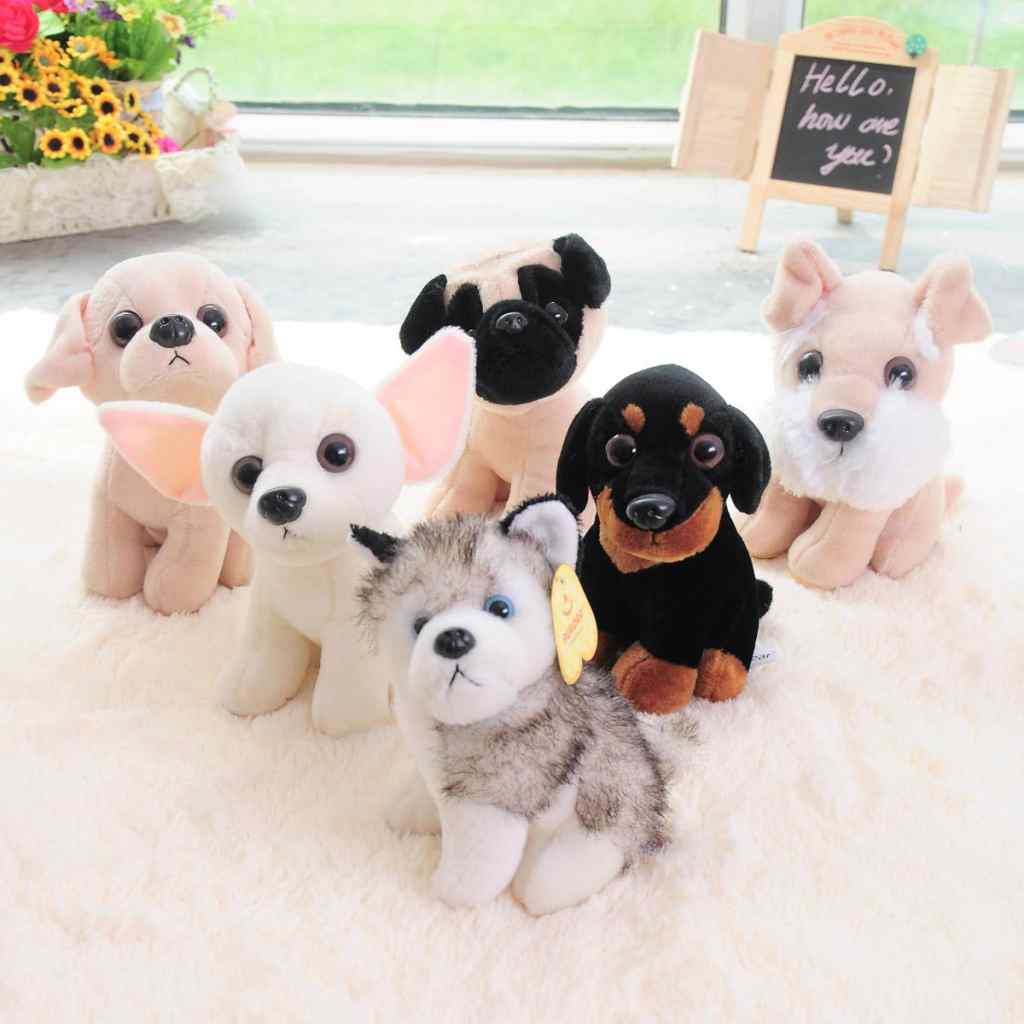 When do dogs change their teeth? Puppies will change their teeth when they grow teeth, so when do they change their teeth? What should I pay attention to when I change my teeth? The following small beans to tell all the shoveling officer dog during the change of teeth to pay attention to what it!
When do dogs change their teeth? Puppies will change their teeth when they grow teeth, so when do they change their teeth? What should I pay attention to when I change my teeth? The following small beans to tell all the shoveling officer dog during the change of teeth to pay attention to what it!When do dogs get new teeth?
(1) Around 20 days: Dogs start teething.
(2) 4 to 6 weeks of age: The dog’s milk incisors grow in. Close to 2 months of age, the dog’s milk teeth are all grown in, white, fine and pointed.
(3) 2 to 4 months of age: The dog replaces the first milk incisor.
(4) 5 to 6 months of age: the dog begins to change the second and third milk incisors and milk canine teeth.
(5) After 8 months of age: all dogs have replaced their permanent teeth, but we can’t rule out the possibility that some individual dogs will be a bit later, and there are even examples of 2 years old before the replacement is completed.
What to expect during a dog’s teeth change?
1. Prepare in advance:
As a parent to understand the dog baby still exists after the problem of tooth replacement, to three months later, for the dog chewing something particularly serious situation should be prevented in advance. Shoes, footrests and other things that are easy for it to access and good taste, we should try to put away, can not chew the furniture can not be put away, but once you see the dog to chew the furniture should be timely to stop it, if you really can not control the time no one in the house can be considered to temporarily shut it in a relatively small space.
Furniture less separate rooms, or cages, and wires, power, detergents and other things that may cause harm to the dog to think of ways to make it out of reach, because this period of time the dog is a gnawing maniac, on their own once into the house door to find that the 4 pairs of shoes were gnawed on the bad one of the situation, alas, blame it is no use, can only blame their own underestimation of the destructive nature of the dog’s changing teeth.
2. Provide more things to chew on:
Now that you’ve hidden the things you can’t chew on, it’s time to get him something chewable, dog chews, gummy toys, etc., and any place that sells pet supplies and treats has many to choose from. If you’re going to get something like dog chews that you can eat down, it’s recommended to get something in a larger size so that he has something to chew on for a long time and it’s not too easy for him to swallow whole.
3. Reduce teething pain:
Dogs also hurt when they change their teeth, so you can also find ways to help ease the pain of teething. The book says you can let your dog chew on ice cubes, but if it’s not summer, it’s not a good idea to let your puppy chew on ice cubes at this time of the year, as it’s too easy to cause diarrhea. But the wet towel to make a knot frozen, and then give the dog to bite is a good way, not only can let it enjoy the cold cold itching and pain, but also not let it eat too much ice, you can try.
4. Observe the growth of new teeth:
It’s a normal phenomenon for dogs to lose their teeth when they change their teeth, it’s very likely that they ate the food with it, or they may have fallen somewhere, so don’t worry about it. What you need to do is to observe the growth of the new teeth every day, sometimes the new teeth grow out a lot and the old teeth don’t fall out. If it takes a long time, it may cause the new teeth to grow in the wrong position and some problems with the gums.
If it has an old tooth always do not fall out, for good dogs you can try at home with a handle to shake shake the old tooth, to help it fall out, if it does not work, simply go to the doctor to help, people have a special pliers, can be very convenient to pull the tooth down, a few dozen dollars on the deal.

